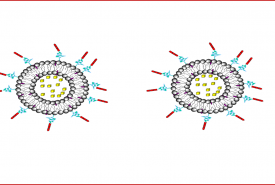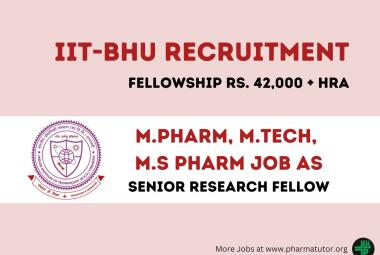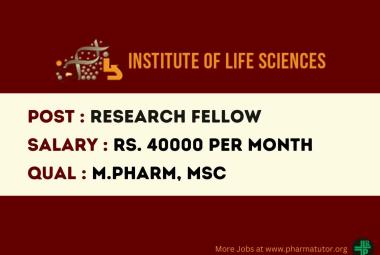EVALUATION OF ANTIDOTE ACTIVITY OF LEAVES OF MUSA SAPIENTUM LINN. ON RATS
About Authors:
Vishnu Dev 1*, Rajiv saxena 2
1 Truba Institute of pharmacy, Bhopal.
2 Assoc. Professor, Truba Institute of pharmacy, Bhopal
*vishnudev2007@rediffmail.com
Abstract
The present study was designed to investigate the anti-dote activity of the methanolic and aqueous extract of musa sapientum. The extract was evaluated by physical and serum biochemical parameters as TC and TG. Anti-dote activity of both extract was determined by acute and chronic codeine poisoning,
Acute opioid intoxication and overdose are common causes of presentation to emergency departments. Although naloxone, a pure opioid antagonist, has been available for many years, there is still confusion over the appropriate dose and route of administration. This article looks at the reasons for this uncertainty and undertakes a literature review from which a treatment algorithm is presented.
The anti-dote activity of musa sapientum leaves against codeine induced acute and chronic poisoning was studied in Wistar albino rats. The various fractions of the leaf extract were administered orally (200 mg/kg) simultaneously with codeine (32m g/kg) for 5-10 days. At the end of the experiment, levels of triglycerides, total cholesterol content were measured. Administration of codeine produced a CNS depressant activity and causes poisioning. There was a significant increase in total cholesterol and triglycerides when compared to normal control. physical observation indicated that simultaneous administration of the fractions delayed the onset of toxicity. All the fractions prevented the poisoning damage caused codeine overdose. The leaves of musa sapientum protected the CNS against codeine damage which may be due to its antagonist activity of codeine.



 About Author:
About Author:  About Author:
About Author: 
 About Authors:
About Authors:  About Authors:
About Authors: 







.png)


